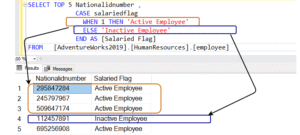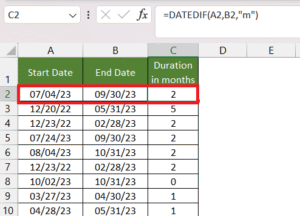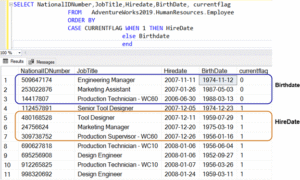CASE Statements & Date-Time Functions
In SQL, not everything is straightforward. Sometimes, we want to make decisions or handle conditions directly within our queries. That’s where CASE statements and Date-Time functions come into play. These tools help make SQL queries smarter and more dynamic.
1. CASE Statements: SQL’s "If-Else" Logic
The CASE statement is like an “if-else” structure in programming. It helps you create conditional logic inside a SQL query. You use it when you want to apply different outputs based on different conditions.
Real-world analogy:
Imagine you’re creating a report showing customer loyalty levels:
- If a customer has spent over ₹50,000, label them “Gold”
- Between ₹20,000 and ₹50,000 → “Silver”
- Less than ₹20,000 → “Bronze”
Using a CASE statement, you can assign these labels while pulling data—without needing a separate program to do it.
Where it's used:
- Categorizing users based on behavior
- Flagging transactions as “High” or “Low” risk
- Adding comments or statuses directly in your result set

Why it’s important: CASE allows you to build business logic into your data output.
2. Date-Time Functions: Working with Time Data
Dates and times are critical in most real-world applications—whether tracking orders, subscriptions, logins, or service usage.
SQL offers date-time functions that help you manage and analyze time-based data effectively.
Common Use Cases:
- Extracting just the month or year from a full date (e.g., for sales trend reports)
- Calculating difference between two dates (e.g., delivery time, customer tenure)
- Finding the day of the week or comparing if an event happened this week or last
Examples of tasks:
- “How many users signed up last month?”
- “Which orders were delivered late?”
- “Average time between order and delivery”

Why it’s important: Without date-time functions, analyzing time trends would require external tools. These functions allow you to clean, filter, and analyze time-related data right inside your SQL query.
Combined Use Example (Conceptually):
In a real-world query, you might:
- Use a JOIN to combine customer and order data,
- Apply a CASE statement to classify order sizes,
- And use a date function to check if the order was placed in the current month.
Conclusion
CASE statements and date-time functions take your SQL skills from basic to business-ready. They allow you to build dynamic, meaningful, and context-aware queries—which are essential for reports, dashboards, and decision-making in any data-driven role.
